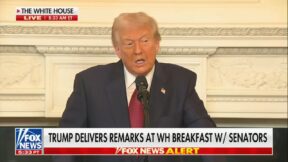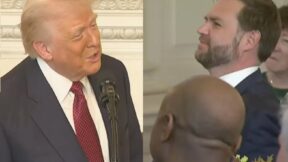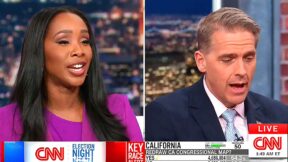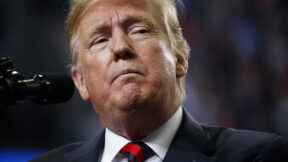Trump Demands Fed ‘Do the Right Thing’ and Slash Rates to ‘Ease’ Economy Into Tariff Regime
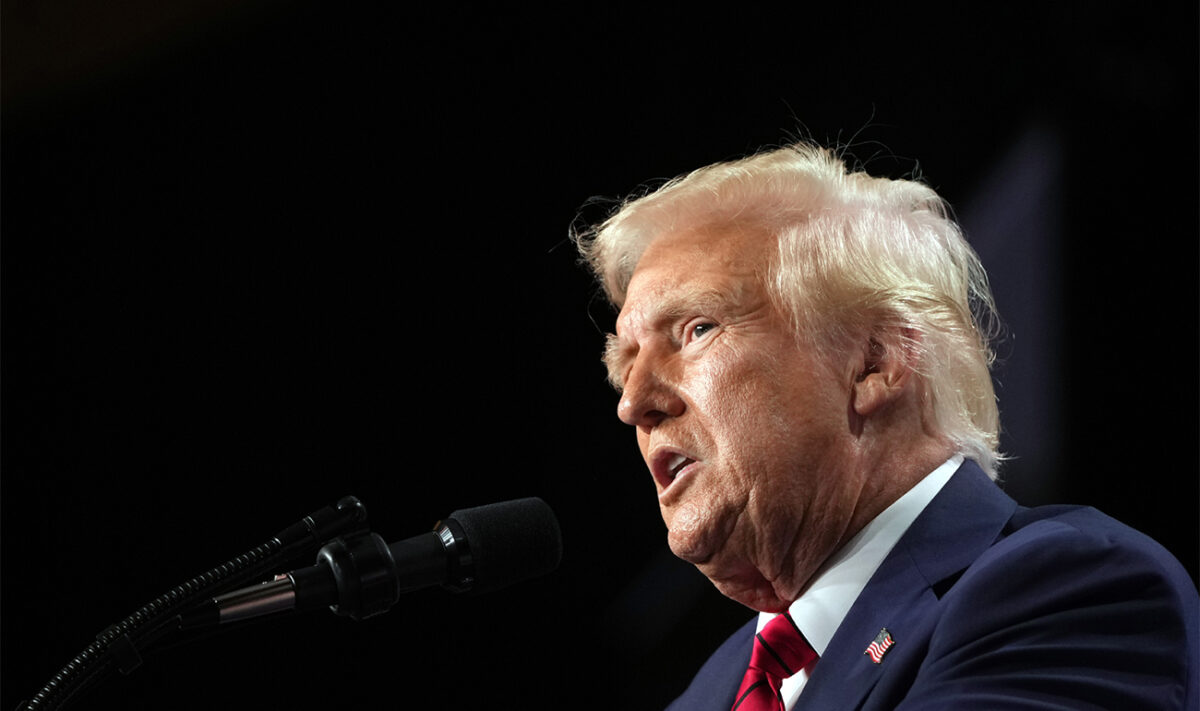
AP Photo/Mark Schiefelbein
President Donald Trump demanded the Federal Reserve “do the right thing” and cut rates to help the economy “transition” with “ease” as his steep tariffs on Mexican and Canadian goods go into effect in April.
Federal Reserve Chair Jerome Powell defended the central bank’s decision to keep interest rates unchanged on Wednesday, citing an “unusually elevated” uncertainty stemming from the Trump administration’s aggressive trade policies.
The Fed’s move keeps the benchmark rate at 4.25%-4.50%, with policymakers still forecasting two rate cuts later this year, though largely due to sluggish economic growth rather than any immediate inflation relief.
Powell pointed directly at Trump’s import tariffs as a key driver of higher prices, warning that they have pushed inflation to 2.7% and may continue to do so.
Trump wasted no time voicing his displeasure, taking to Truth Social to pressure the Fed into slashing rates:
The Fed would be MUCH better off CUTTING RATES as U.S.Tariffs start to transition (ease!) their way into the economy. Do the right thing. April 2nd is Liberation Day in America!!!
Trump has defended the “reciprocal tariffs” set to take effect on April 2, arguing they will counter what his administration views as unfair trade practices. On Tuesday, Treasury Secretary Scott Bessent said the tariffs are intended to shield the U.S. economy, safeguard American workers, and bolster key industries.
Powell, however, stressed that the central bank would closely monitor how much these policies bleed into consumer prices and economic sentiment.
He also acknowledged the political turbulence accompanying Trump’s first months back in office, admitting that “sentiment is quite negative at this time” due to the administration’s sweeping changes.
Despite a stable 4.1% unemployment rate, the Fed’s long-term outlook paints a grim picture: its projections point to the next three years as having the weakest economic growth stretch since the slow recovery following the Great Recession.
